The most common edible mushrooms in Arkansas include morels, oyster mushrooms, and chanterelles. On the other hand, steer clear of deadly webcaps and jack o’lanterns, poisonous mushrooms known to grow in Arkansas.
When it comes to mushroom hunting, Arkansas has a lot to offer. Because of the wide variety of geographical features, notably the Ozark mountains, there are a number of habitats that allow wild mushrooms to grow and flourish.
7 Common edible mushrooms to be found in Arkansas
Whether you are a seasoned mycologist or a novice mushroom hunter, the number of edible mushroom species found in Arkansas are too many to note. There are, however, some that are not only popular but plentiful and readily identifiable.
The following three are among the most common edible mushrooms found in Arkansas.
What Are You Foraging For Right Now?
We're thrilled to hear your ideas. What would you like to submit today? Feel free to share your thoughts and experiences with us.
Also, check out our video below on the 7 best tools to forage mushrooms.
1. Morel mushrooms
Morels are the most highly coveted by any mushroom enthusiast.
Morel hunting in Arkansas is a big deal. Because these mushrooms are expensive when purchased at a store or farmer’s market, foraging for your own is both lucrative and delicious.
The honeycombed appearance of their cap characterizes morels. When sliced, they will produce a dark spore print and have a hollow middle.
They prefer cool, moist, and shady areas and are often found at the base of oak trees, near dead or decaying wood, or along riverbeds. Morels begin fruiting at the onset of spring.
There are a number of culinary options for using morel mushrooms. As with all wild mushrooms, however, they need to be cleaned thoroughly and cooked before eating.
Once you have your harvest, you can sauté them and add them to soups or stews, or many other dishes. Consider a morel mushroom quiche for something new.
Warning – when foraging for morels, be meticulous in your identification. False morels, in particular beefsteak and elephant ear mushrooms, are prevalent look-alikes and can cause intestinal upset if ingested. Misidentification is a common source of poisoning and can be potentially deadly.
Watch our video to learn all about how to find, forage, and identify morel mushrooms!
2. Oyster mushrooms
These gems are named so because they resemble an oyster coming out of its shell.
They can be identified by their decurrent gills or gills that are attached to and growing along the stem of the mushroom. They will be firm to the touch and white in color, producing a light-colored spore print.
Oyster mushrooms are saprotrophic, meaning they feed off dead and decaying material. They’re most readily found on logs or dead or dying trees.
Look for oyster mushrooms in the summer and fall, although in warmer climates, they may also persist through winter.
Oyster mushrooms are often home to insects. Before cooking, soak in a saltwater solution to clean and rid the mushrooms of any bugs.
Once cleaned, there are a variety of options for preparation. Their mild umami flavor and firm texture make them extremely versatile in the kitchen. Try Korean barbeque crispy oyster mushrooms the next time you’re feeling creative.
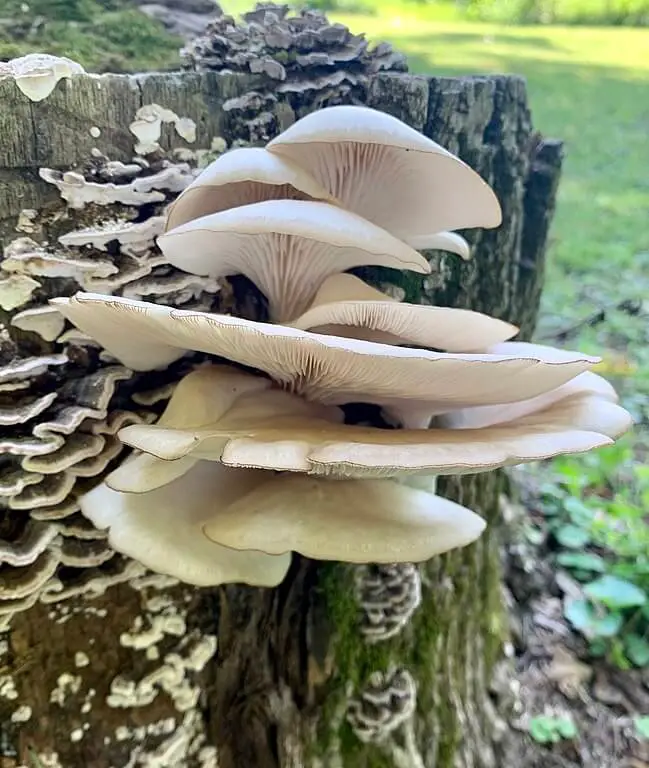
3. Chanterelle mushrooms
Chantarelles are among the most prized of the Arkansas fungi and one of the darlings of the culinary world.
Chantarelles are normally found during the late summer into fall and have a bright yellow or orange color.
Their funnel-shaped caps and false gills easily identify them. These gills look more like folds in the mushroom that run along the stem. Their unique apricot aroma can further identify them.
They prefer warm, moist conditions and thrive in humidity. Look for them in shady areas on decaying wood and in damp, low-lying areas.
Be sure to wash chanterelles well before eating, as they’re prone to hiding dirt and grit amongst their folds.
Chanterelles have a distinct peppery flavor that adds a unique taste to any dish. A quick internet search will yield a number of recipes. Grilled chanterelles with smoked creme fraiche is an appetizer that showcases the chanterelle and makes a statement.
Watch our video on when and where to look for chanterelles.
While these are undoubtedly the top three types of mushrooms foraged in Arkansas, they certainly aren’t the only ones of interest.
4 more edible mushrooms in Arkansas to add to your list
Earning distinct honorable mentions for identificability, edibility and flavor are:
- Chicken of the woods mushrooms: Chicken of the woods is considered a delicacy. As a bonus, this fungus is difficult to mistake as it has very few look-alikes.
- Boletus edulis: More commonly known as porcini mushrooms, there are no deadly mushrooms in this group. However, while most of these are edible and tasty, some will cause intestinal upset, so be sure which ones you’re collecting.
- Puffballs: These large, round mushrooms look like their name. When sliced, puffballs will be solid white from top to bottom. If you slice through and the texture is cottony or hollow, you’ve found an imposter.
- Lion’s mane: This unique fungus grows from scarred and damaged areas of trees. Lion’s mane is often at heights that are hard to reach, but taking the time to collect it is considered worthwhile for the flavor and
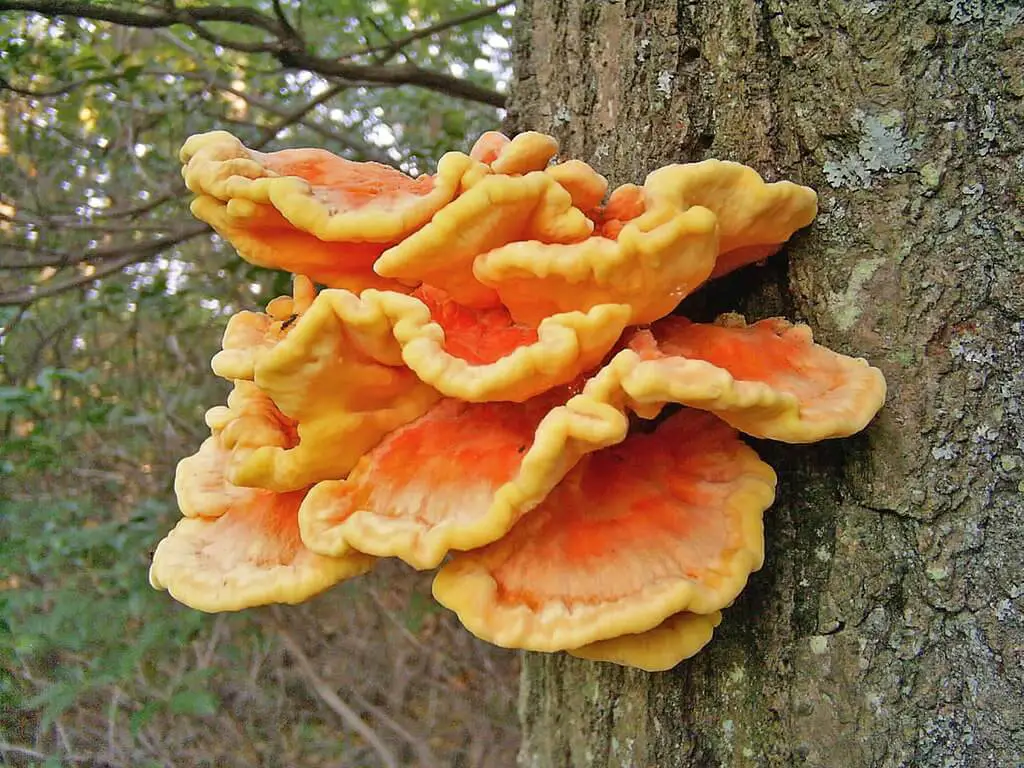
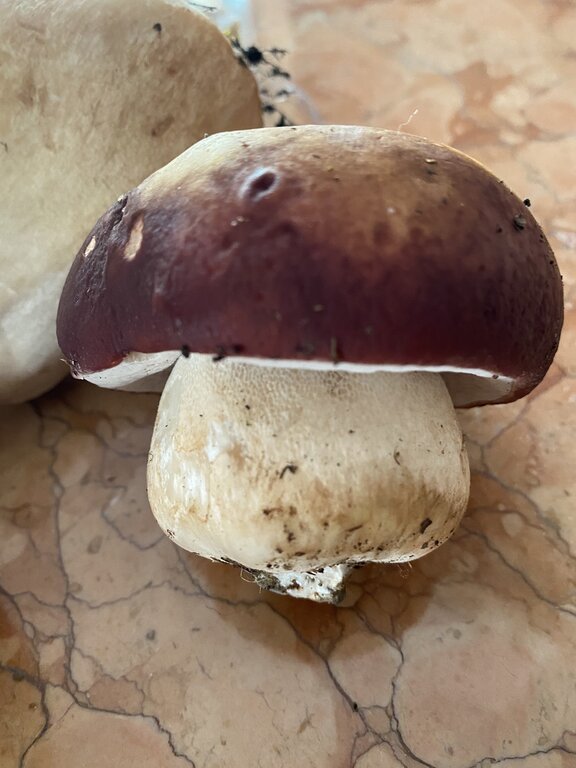
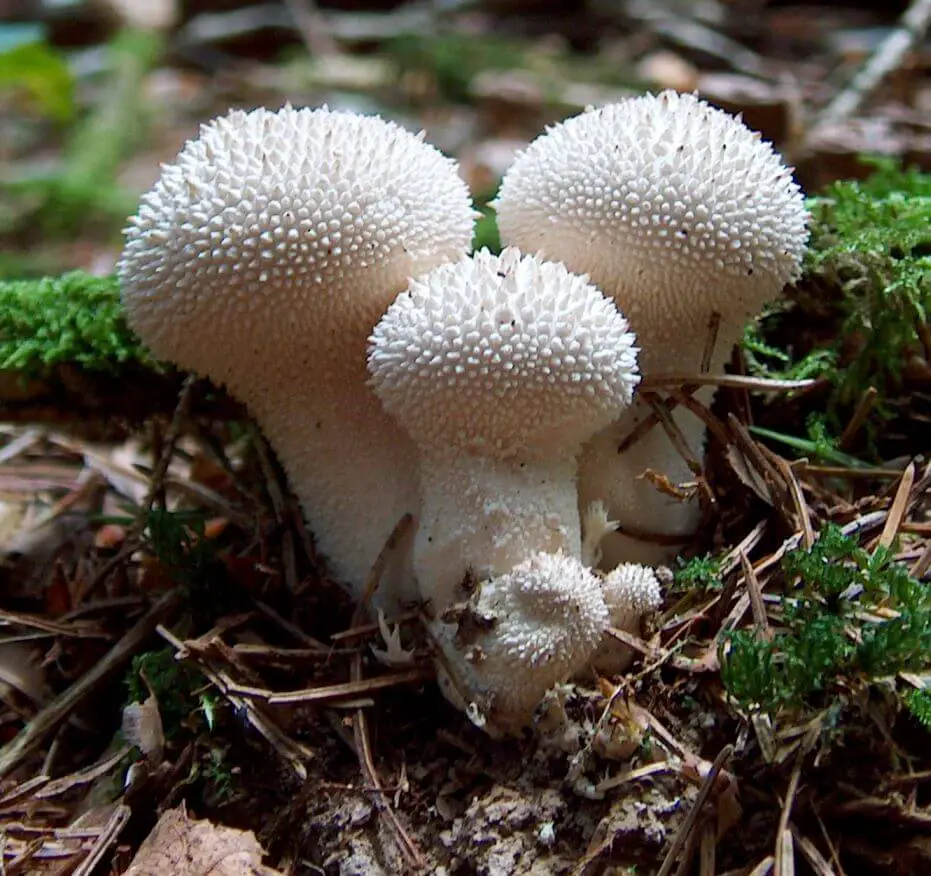
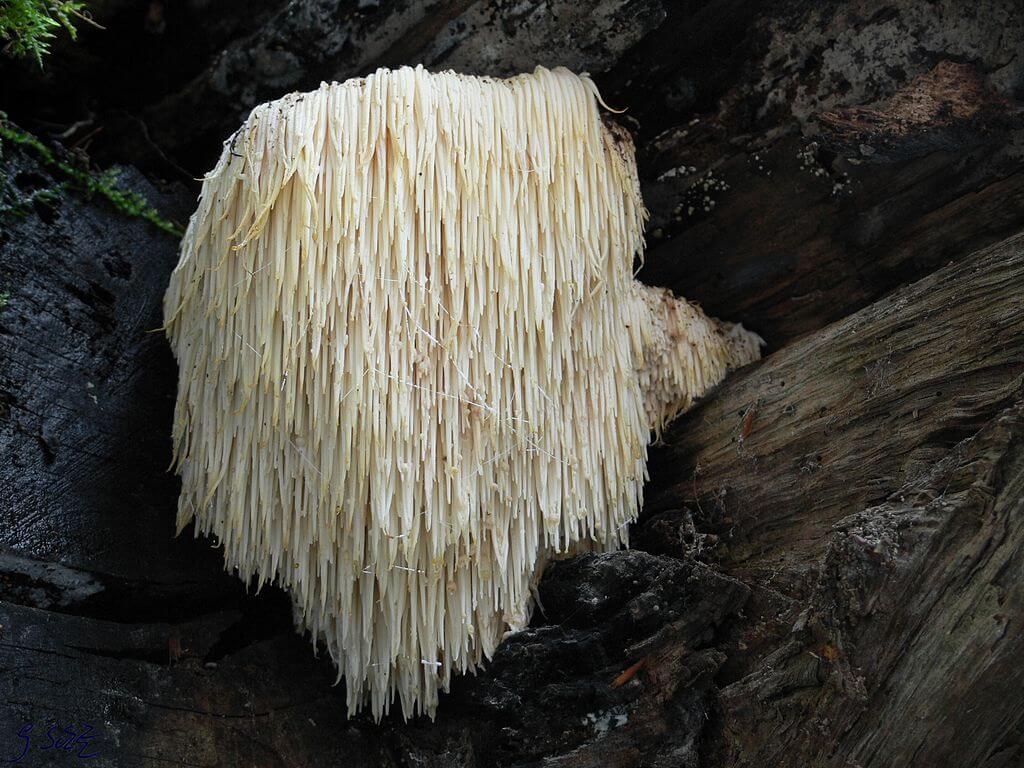
Watch our video on how to find and identify king boletes (Boletus edulis)!
Poisonous mushrooms in Arkansas
In addition to the array of edible mushrooms in Arkansas, there are many poisonous ones as well.
Making mistakes can be costly to your health, so if you are foraging mushrooms, you must be aware of which ones to avoid.
Below are 3 you may encounter and need to avoid.
1. Deadly webcaps (Cortinarius rubellus)
These brown mushrooms can be mistaken for chanterelles and cause kidney failure if ingested.
2. Jack-o-lantern mushroom (Omphalotus illudens)
Also resembling chanterelles, this bright orange mushroom will cause vomiting and diarrhea if eaten.
3. Magic mushrooms (Psilocybe cubensis)
These poisonous mushrooms, sometimes referred to simply as “shrooms,” have a psychedelic effect and have been used recreationally for that purpose.
Make no mistake; these mushrooms can be deadly and should be avoided.
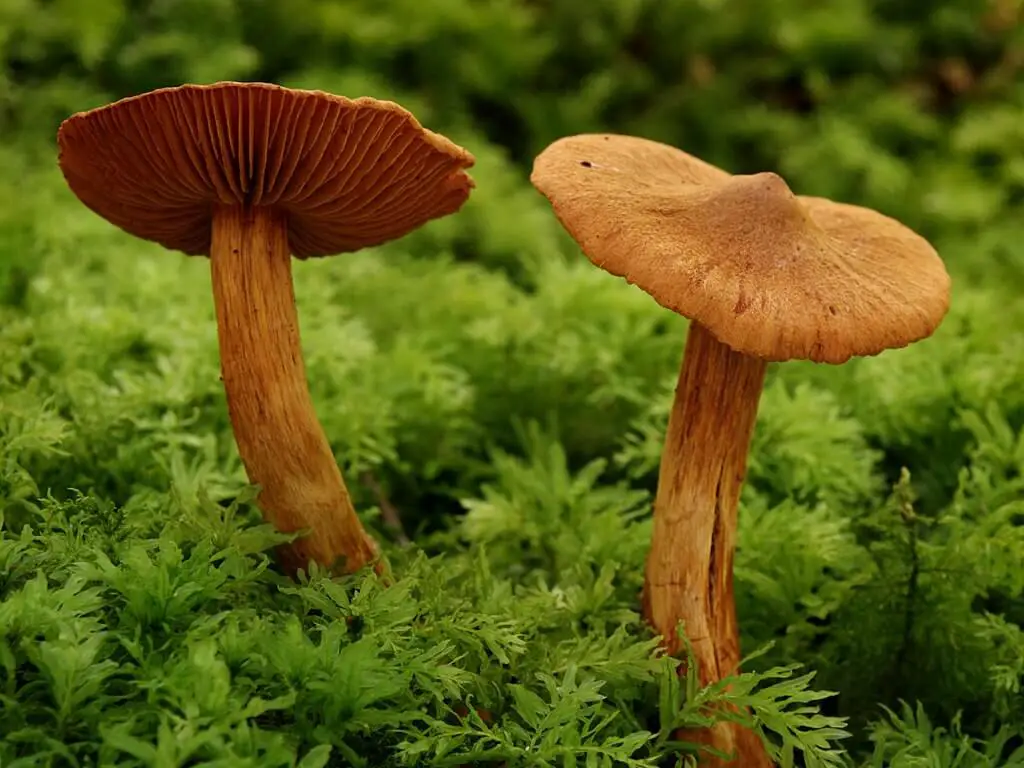
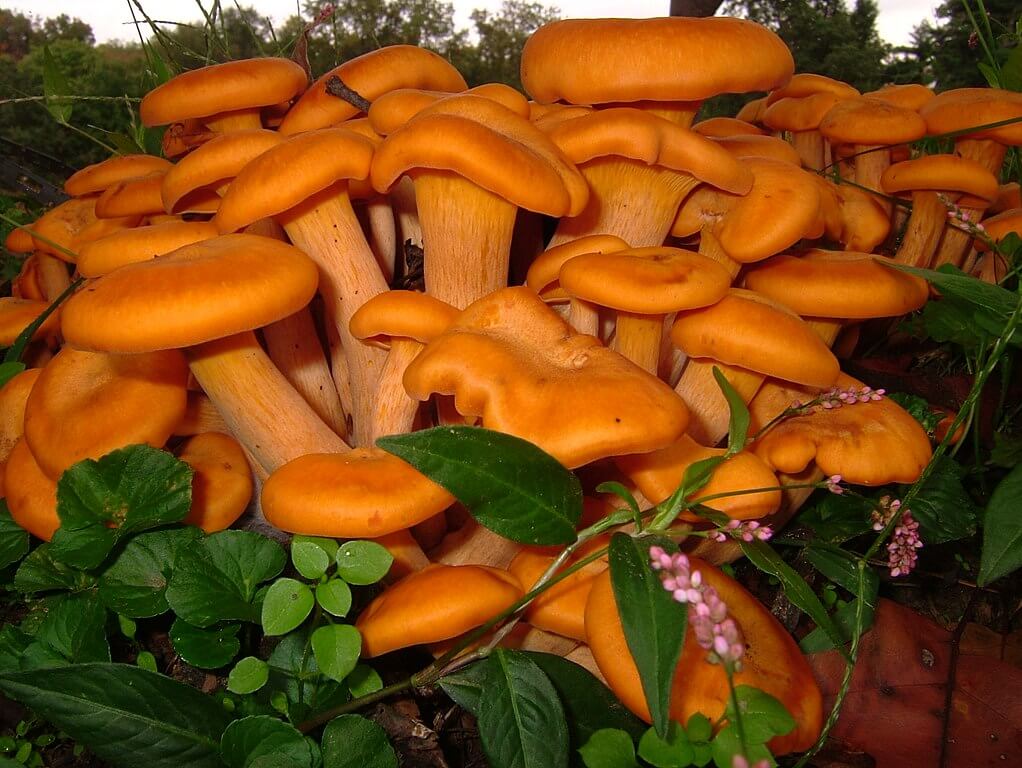
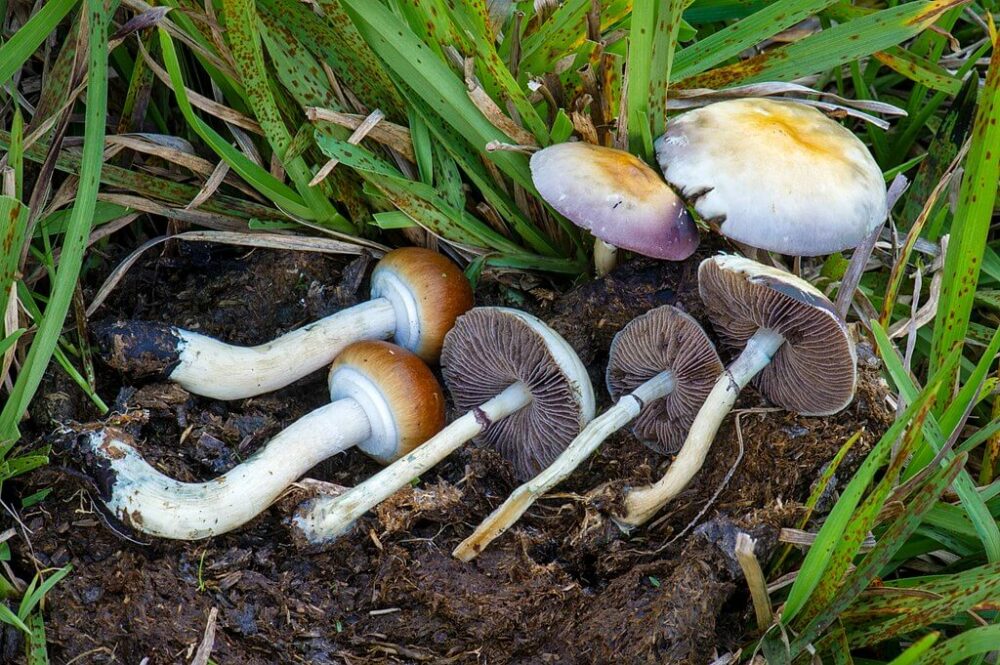
Below our video on the 7 most poisonous mushrooms growing in the US (mushroom details and ingestion symptoms included)!
Foraging tips
Any time you are foraging wild edible plants, you must do so with care. Proper identification is crucial to avoid mistakes that could threaten your health.
When foraging, especially for mushrooms, keep the following in mind:
- The use of a field guide is a must. Even the most experienced foragers have a reliable field guide handy.
- Understand the environment in which you are foraging. Mushrooms in particular will absorb toxins. Forage in an area free of contaminants.
- Anything foraged must be cleaned before ingesting.
- All wild mushrooms should be cooked and not eaten raw.
For additional information on wild Arkansas food, and mushrooms in particular, the Arkansas mycological society is an excellent resource.
Lorin is a writer, photographer and nature enthusiast in Sacramento, CA. In addition to gardening, she makes a regular practice of forging for edible plants and flowers. Nature nourishes if you know where to look.

